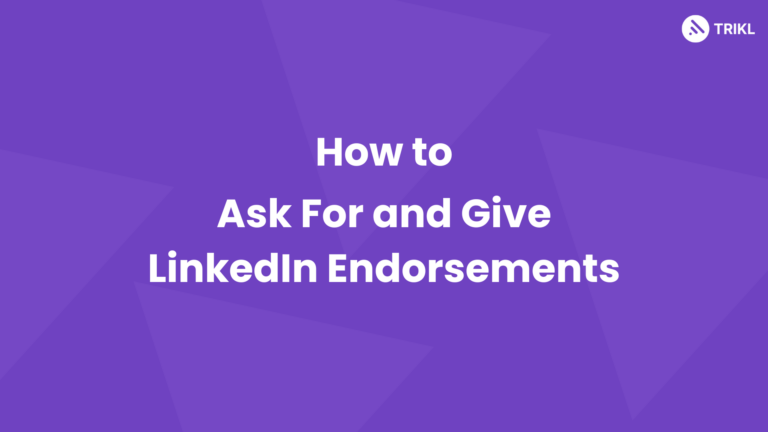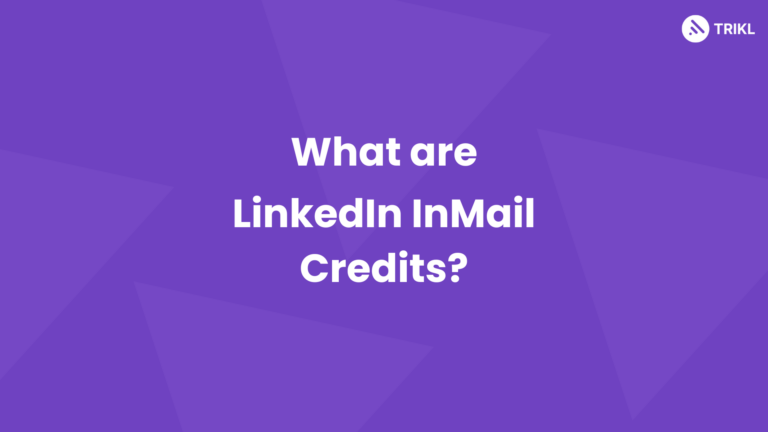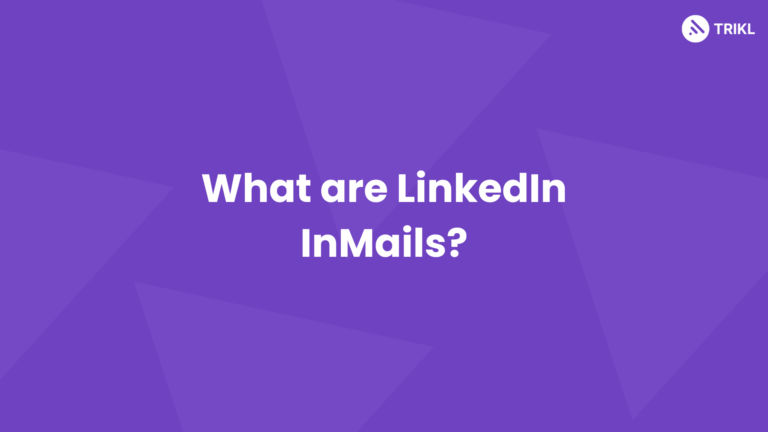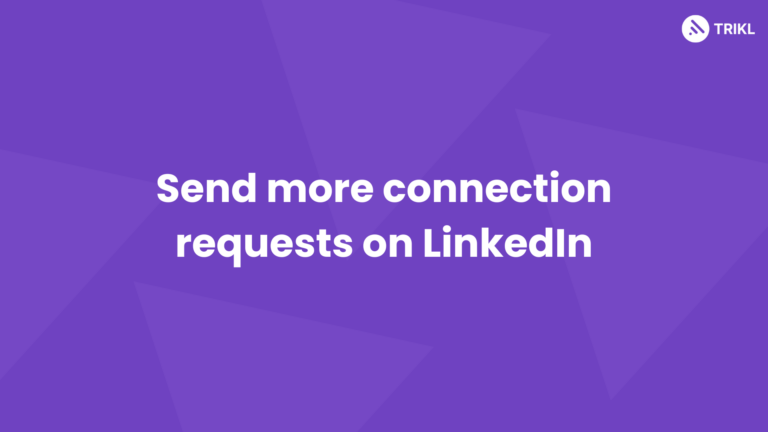I. Introduction to LinkedIn Marketing
LinkedIn is not just a professional networking site. It’s also a vast and untamed market ripe for businesses to explore. With over 774 million members, it’s brimming with potential customers looking to be enlightened, entertained, and ultimately, engaged. But simply collecting LinkedIn likes does not translate to automatic customers. Just like climbing a mountain, there’s a journey to turning these likes into loyal customers. Now, delve deeper into the essential steps for amplifying your brand presence and converting those likes into valuable customers.

Understanding the Power of LinkedIn Likes
LinkedIn likes are just the beginning. They’re a starting point that signals your audience’s approval and interest in your content. They’re digital confirmation that your voice is being heard, amplifying your reach, and weaving your brand narrative within LinkedIn’s realm. Always remember, behind every like, there’s a conscious individual whose interest you’ve piqued.
Identifying Your Target Audience on LinkedIn
Knowing your audience is crucial. By understanding their needs, wants, and questions, your content becomes targeted and pointed. You have to make sure that your content suits the language, lifestyle, and professional concerns of your followers. LinkedIn’s audience insights tool is a handy companion in this journey.
Building Your Brand Presence on LinkedIn
A strong brand presence on LinkedIn doesn’t happen overnight. It’s a product of a clear brand vision, sustained by consistency. Your content, your engagements, and even your replies to comments should all resonate with your brand’s identity. From your logo to your company’s achievements, let your LinkedIn page be the ultimate showcase of your brand’s story and competencies.
II. Developing and Sharing Engaging Content
Content is the heart and soul of your LinkedIn Marketing. The quality and relevance of your content can spell the difference between a passing like and a transaction closed.
Harnessing LinkedIn’s Unique Content Options
There’s a plethora of content options on LinkedIn. Traditional post types, long-form articles, and even light, easy-to-digest infographics all have a place here. Successful LinkedIn marketers know how to harness these options to create a rich, varied, and engaging feed that never feels stale.
Crafting Content to Encourage Likes and Engagement
Remember, a post that garners likes and engagement serves as a magnet for more viewers. Crucial factors like a catchy headline, an intriguing start, and an engaging finale could make your audience more compelled to hit the like button and even share your content. Craft your content not just to inform, but to inspire, to provoke thought, and to pull at heartstrings.
Utilizing LinkedIn Stories and Live Features for Connecting with Audiences
LinkedIn stories and live features add an extra layer of engagement to your content strategy. Think of it as inviting your audience into a more intimate, real-time connection with your brand. Utilize these features to provide updates, launch discussions, or even share snippets of your company’s culture, making your brand feel more human and approachable.
III. Turning LinkedIn Likes into Meaningful Interaction
Remember, alike might just be alike. However it could be the first step toward a meaningful professional relationship with potential customers.
Reaching Out to Those Who Engage your Content
It’s important not just to post and forget. Make it a habit to reach out to those who engage with your content, expressing your appreciation, feeding their curiosity, or inviting them to know more. Be sincere, and avoid coming across as overly promotional.
Mastering the Art of LinkedIn Messaging
Turning likes into meaningful interactions requires more than just shooting out random messages. It involves thoughtful composition, personalization, and a knack for reading your audience’s needs. Be it an appreciation note, an invitation to an event, or a well-timed business pitch – every LinkedIn message should be crafted with your audience in mind.
Organizing Virtual Events to Foster Community Engagement
Virtual events are yet another exciting way of fostering community engagement. Webinars, live Q&A sessions, and even online contests could spark deeper discussions and foster stronger connections. They’re also a strategic way of demonstrating your brand’s thought leadership and customer-centric approach.
IV. Converting Interaction into Business Opportunities
Remember, LinkedIn is not just a networking site, it’s a thriving marketplace. By converting interactions into business opportunities, you’re not just increasing your brand presence, but also your bottom line.
Demonstrating Professional Expertise and Building Trust
One of the best ways to build trust on LinkedIn is by demonstrating your professional expertise. Show that you don’t just know your industry, you’re leading it. Regularly share accomplishments, case studies, and thought-leadership posts that signify your brand’s competency and expertise.
Identifying the Right Time to Share Business Propositions
Timing is everything on LinkedIn. Not every conversation should turn into a business pitch. By reading your audience’s signals and pacing your communication, you’ll find the opportune moment to present your business propositions – when your audience is not just ready but eager to hear more.
Using LinkedIn’s Unique Tools for Effectively Converting Leads
LinkedIn provides unique tools like ‘Lead Gen Forms and ‘Website Demographics that can play a pivotal role in converting leads. By understanding and utilizing these tools, you can gather valuable data and insights about your potential customers, allowing for a more personalized and effective conversion process.
V. Leveraging LinkedIn Analytics for Optimization
Behind every successful LinkedIn campaign, there’s diligent data tracking and performance analysis. LinkedIn Analytics doesn’t just measure success; it also guides future strategy.
Understanding LinkedIn’s Analytics Dashboard
LinkedIn’s Analytics Dashboard is your command center. It provides key metrics about post-performance, follower demographics, and page traffic – all useful tools that can help you understand your audience better.
Analyzing Audience Engagement and Conversions
Understanding your audience’s engagement behavior and conversion patterns is key to refining strategy. By assessing the engagement data and tracking conversions, you can gain valuable insights, identify winning tactics, and tweak what’s not working.
Using Analytics Data for Content and Strategy Optimization
LinkedIn Analytics is not just about examining past performance. It’s also about using these insights to optimize future content and strategy. By carefully analyzing your data, you can formulate a LinkedIn strategy that not just resonates with your audience, but also delivers tangible business results.
VI. Conclusion: Recapping The Customer Conversion Journey on LinkedIn
Turning LinkedIn likes into customers is a journey. It starts with identifying your target audience, creating engaging content, establishing meaningful interactions, creating business opportunities, and leveraging LinkedIn’s unique analytics tools. Remember, every like is a potential customer. It’s up to you to guide them down the conversion path.
VII. Frequently Asked Questions
On any journey, questions are expected. Here are some commonly asked queries about converting LinkedIn likes into customers.
1: How To Position My Brand On LinkedIn?
Your brand positioning on LinkedIn should reflect your brand’s story, identity and values. From your company logo to your accomplishments, let your LinkedIn page provide a glimpse into your brand’s soul.
2: How important are LinkedIn likes for my business?
They’re a measure of audience approval and help to increase your content’s visibility. But remember, likes should ultimately lead to meaningful interactions and business opportunities. They’re part of the journey, not the destination.
3: How can I create content that encourages likes and engagement on LinkedIn?
Engagement-driven content evokes an emotional or intellectual response. It could be a thought-provoking article, an inspiring story, or even a clever infographic. The trick is to make content that doesn’t just inform but also entertains and intrigues.
4: How can I engage with those who like my posts?
Show gratitude for every like. This could mean a quick thank you in the comments, a thoughtful response to their question, or a personalized message. But remember, engagement is about sincerity, not sales pitches.
5: How can I show my expertise and build trust on LinkedIn?
Your LinkedIn page should be a testament to your expertise. Regularly share thought leadership pieces, industry insights, and case studies that prove your brand’s competency.
6: How can I interpret the data in LinkedIn’s analytics dashboard?
LinkedIn’s Analytics Dashboard provides key performance indicators like post-performance, follower demographics, and website traffic. Use these insights to understand what’s working, what’s not, and how to craft an optimized future strategy.
Remember, every turn is a win, not just for the numbers but for the brand connection and potential business opportunity it harbors. This is not just eliminating guesstimates in your marketing strategy but ensuring each step is a calculated, thoughtful move toward growth. So yes, these essential steps to convert LinkedIn likes into customers matter after all. And they matter big time.




